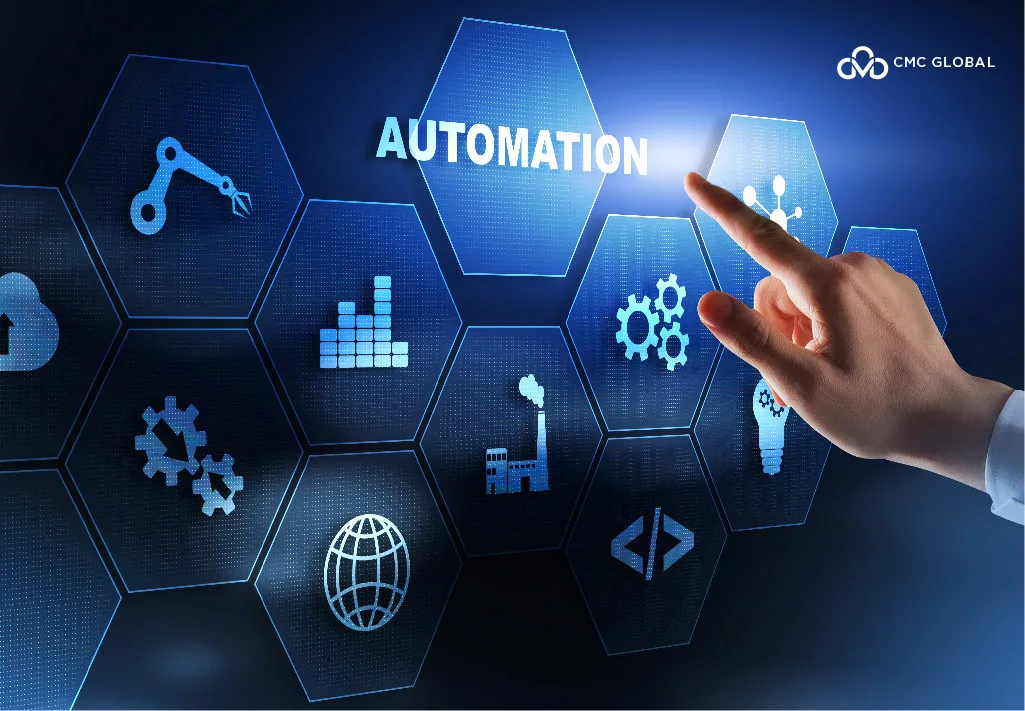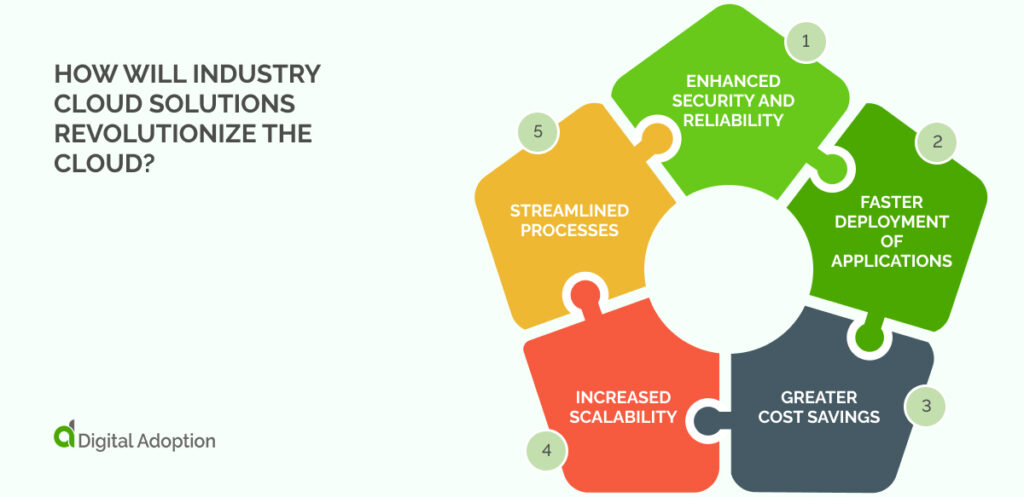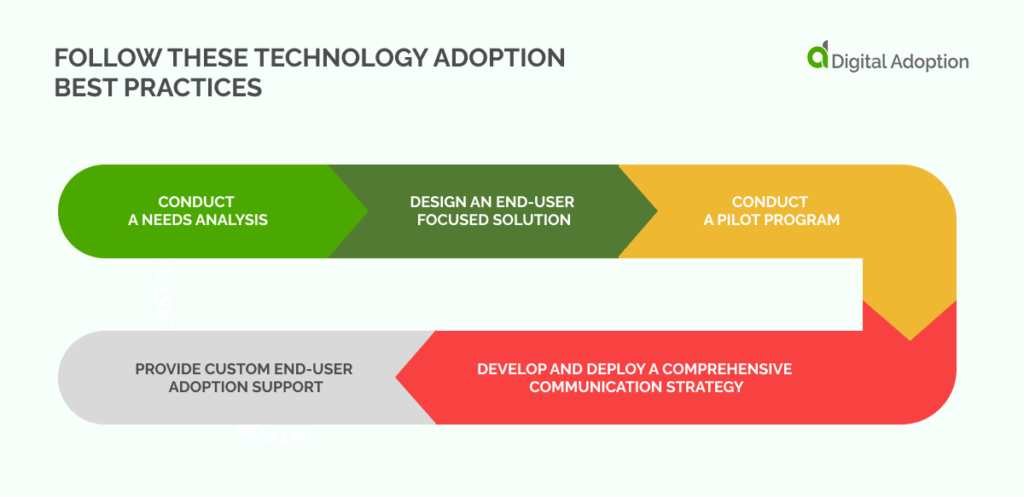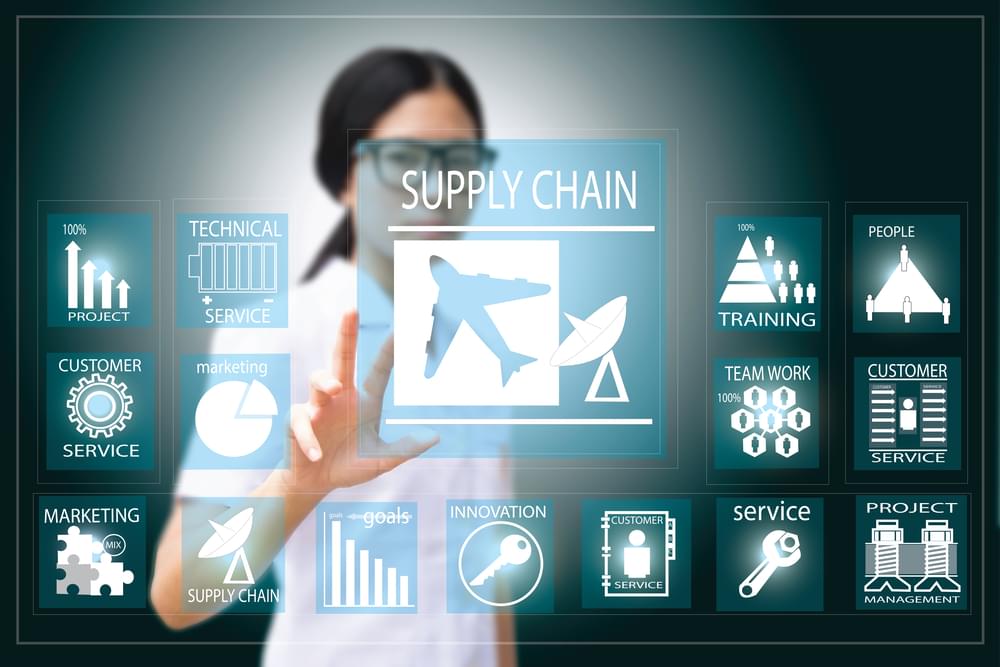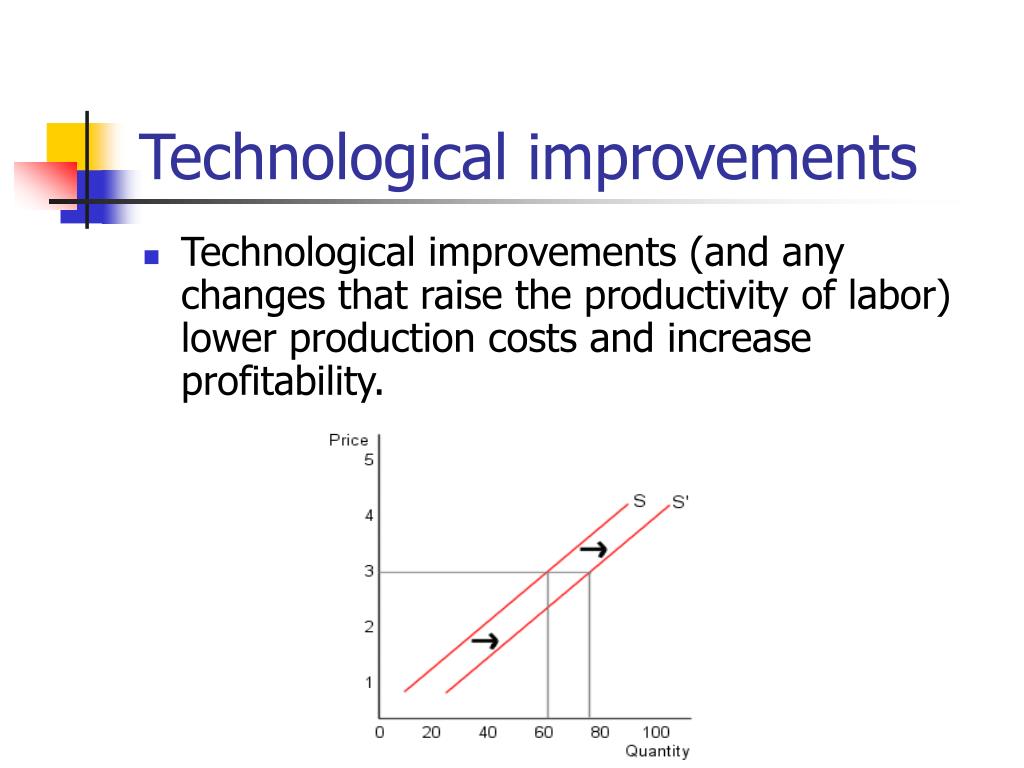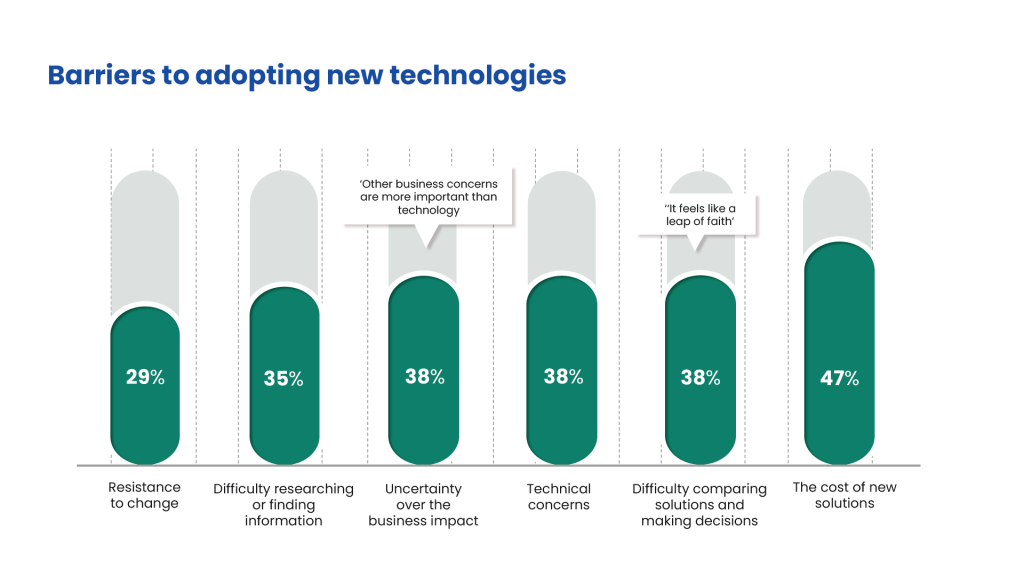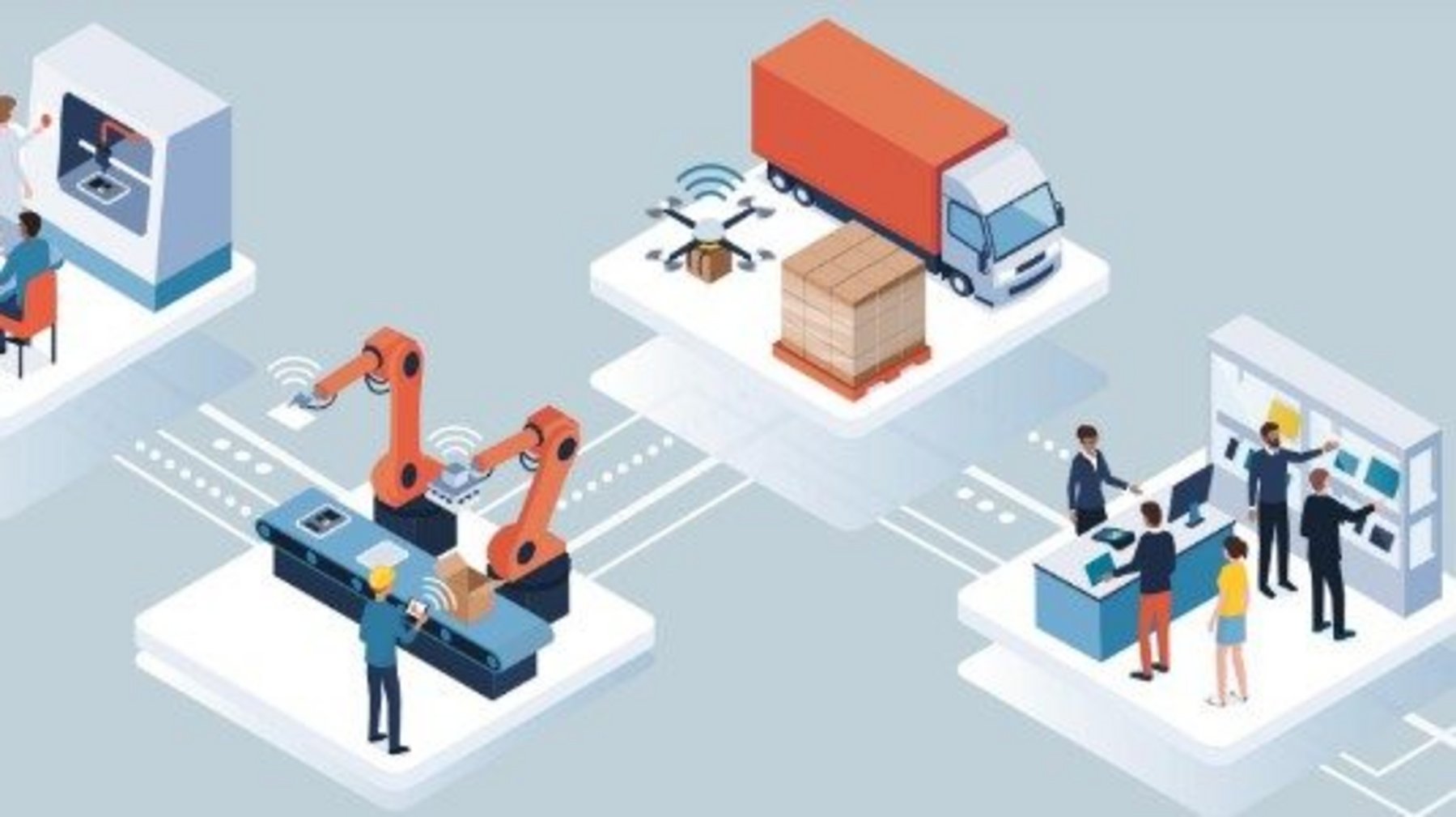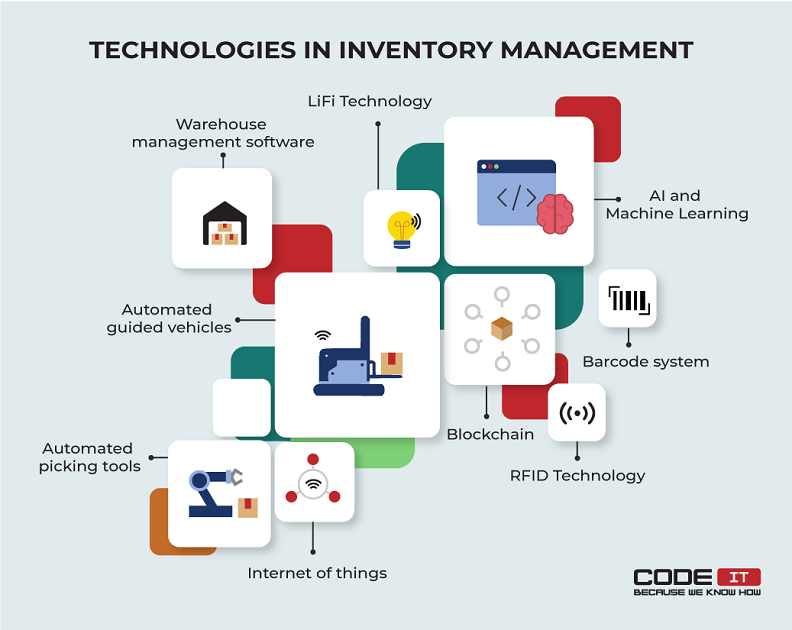Why Does Adoption Of New Technology Tend To Increase Supply

The integration of new technologies consistently demonstrates a remarkable effect on market dynamics: it tends to increase supply. From automated manufacturing processes to sophisticated data analytics, technological advancements are reshaping industries and influencing the availability of goods and services.
This phenomenon, while seemingly straightforward, is underpinned by a complex interplay of factors that drive efficiency, reduce costs, and expand production capacity. Understanding these mechanisms is crucial for businesses, policymakers, and consumers alike, as it sheds light on the forces shaping the modern economy. The adoption of new technologies impacts supply chains, resource utilization, and the overall structure of markets.
Increased Efficiency and Productivity
At its core, the impact of technology on supply stems from its ability to enhance efficiency and productivity. Automation, for instance, allows businesses to produce goods and services at a faster rate with fewer resources. Robotics in manufacturing lines accelerates production cycles and reduces human error, leading to a significant increase in output.
Similarly, advanced software solutions can streamline complex processes and optimize resource allocation. Supply chain management systems provide real-time visibility into inventory levels, demand patterns, and logistics, enabling businesses to make more informed decisions and minimize waste.
Reduced Production Costs
Another key driver behind the technology-supply connection is the reduction in production costs. Automation and optimization not only boost efficiency but also lower labor costs, material waste, and energy consumption. These savings can then be passed on to consumers in the form of lower prices or reinvested into further expanding production.
Cloud computing, for example, provides businesses with access to powerful computing resources without the need for expensive hardware and infrastructure. This democratizes access to technology and allows smaller businesses to compete more effectively with larger players.
The reduced costs contribute to a greater profitability, allowing for increased investment in production capacity and ultimately, higher supply.
Expansion of Production Capacity
Technology also plays a pivotal role in expanding production capacity by enabling businesses to overcome physical limitations and access new markets. For example, e-commerce platforms allow businesses to sell their products and services to a global audience, significantly expanding their reach and potential customer base. This increased demand, in turn, incentivizes businesses to increase their production capacity to meet the needs of a larger market.
Moreover, 3D printing and additive manufacturing technologies are revolutionizing the manufacturing industry by enabling the creation of customized products on demand and on a much larger scale than previously possible. This flexibility in production allows businesses to respond more quickly to changing market demands and create new product offerings.
Technological Advancements in Agriculture
The impact of technology on supply is not limited to the manufacturing sector. In agriculture, advances in precision farming, biotechnology, and data analytics are transforming the way food is produced. Precision farming techniques, such as GPS-guided tractors and drone-based crop monitoring, allow farmers to optimize fertilizer application, irrigation, and pest control, leading to higher yields and reduced waste.
Biotechnology has also played a significant role in increasing agricultural output by developing crops that are resistant to pests, diseases, and harsh environmental conditions. These innovations have the potential to address food security challenges and ensure a more stable food supply for a growing global population.
Challenges and Considerations
While the adoption of new technologies generally leads to an increase in supply, it is essential to acknowledge the potential challenges and considerations. For instance, automation can lead to job displacement as machines replace human workers. This requires governments and businesses to invest in retraining programs and create new job opportunities to mitigate the social and economic impact of technological advancements. The World Economic Forum has addressed this issue, highlighting the need for reskilling initiatives.
Furthermore, the environmental impact of technology must also be carefully considered. The production and disposal of electronic devices can generate significant amounts of waste and pollution, which can have detrimental effects on human health and the environment. Sustainable practices, such as recycling and responsible sourcing of materials, are crucial to minimize the environmental footprint of technology. As per reports by the Environmental Protection Agency, responsible e-waste management is paramount.
It's also important to consider the potential for increased inequality if access to technology is not equitable. Bridging the digital divide and ensuring that everyone has access to the tools and resources they need to participate in the digital economy is crucial for inclusive growth.
Conclusion
The relationship between technology adoption and increased supply is a powerful and pervasive force shaping the modern economy. By enhancing efficiency, reducing costs, and expanding production capacity, technology is enabling businesses to produce more goods and services and meet the growing demands of a global market. However, it is crucial to address the potential challenges and considerations associated with technological advancements to ensure that they are used in a way that benefits society as a whole.
As technology continues to evolve at an accelerating pace, understanding its impact on supply will be essential for businesses, policymakers, and consumers alike. By embracing innovation and addressing the associated challenges, we can harness the power of technology to create a more prosperous and sustainable future.

